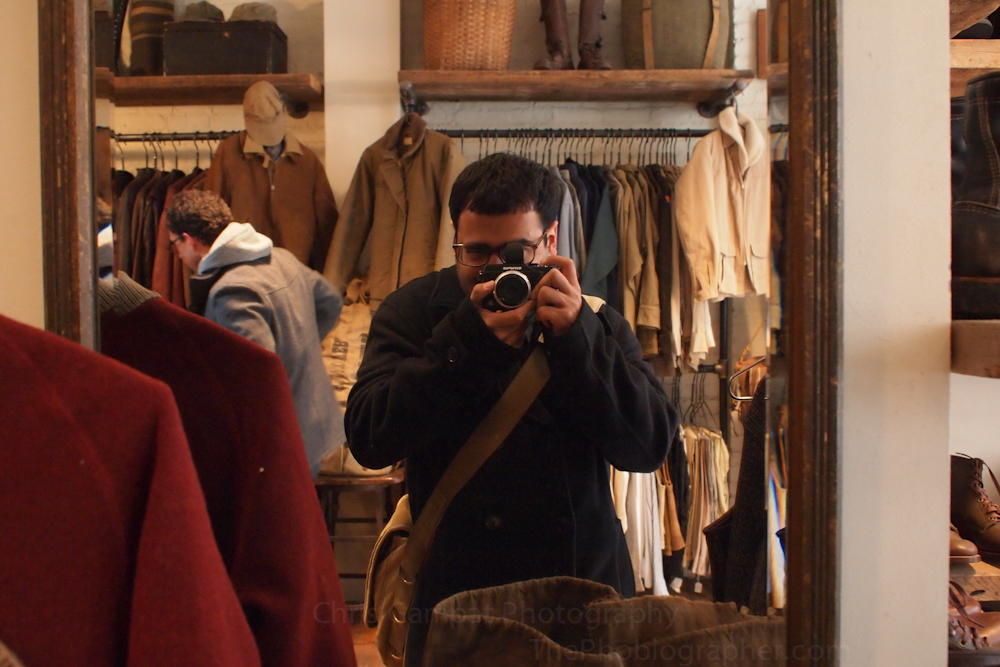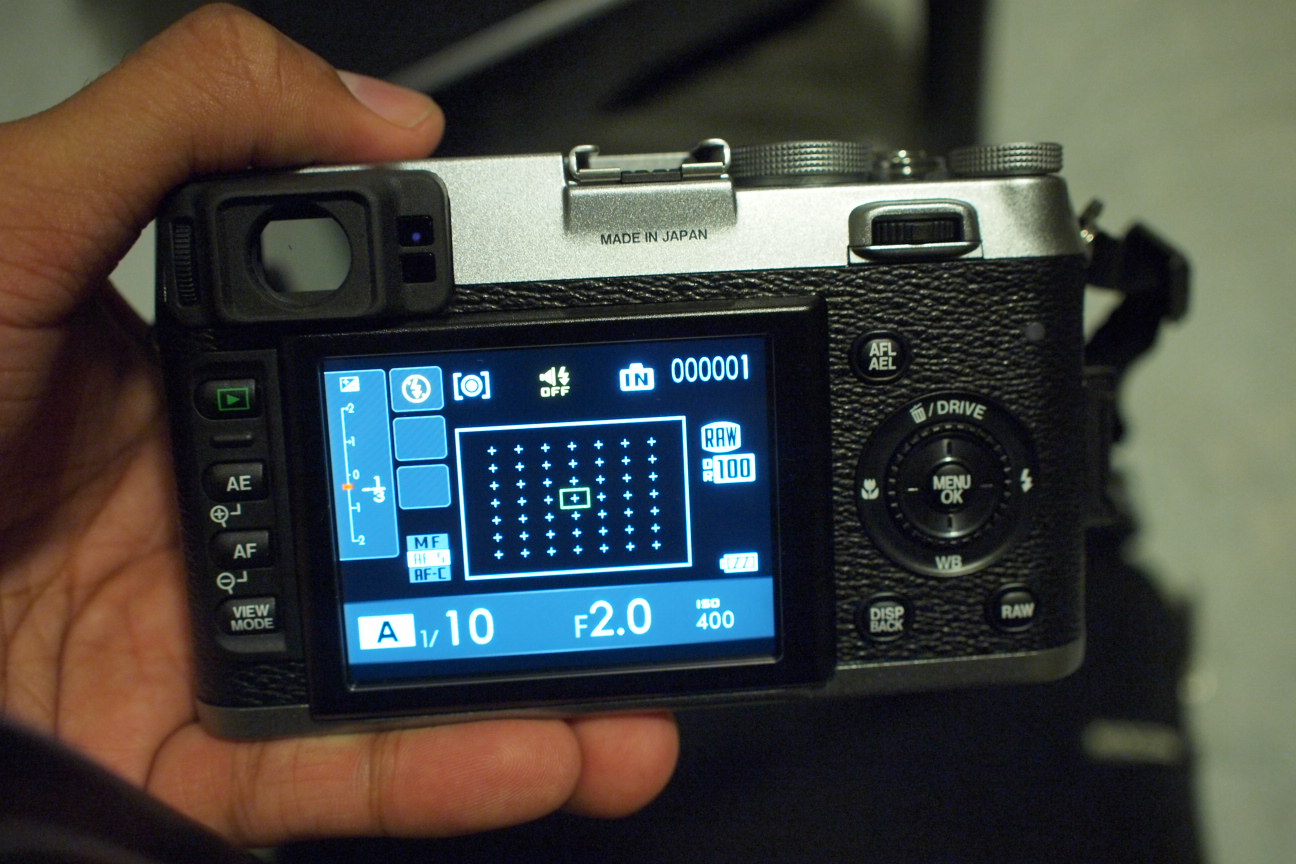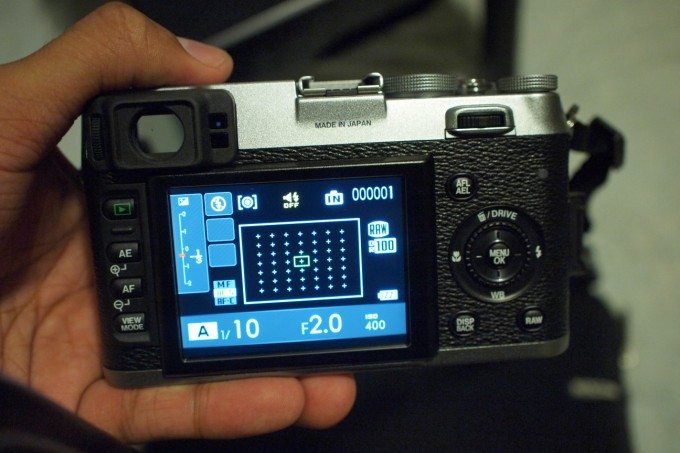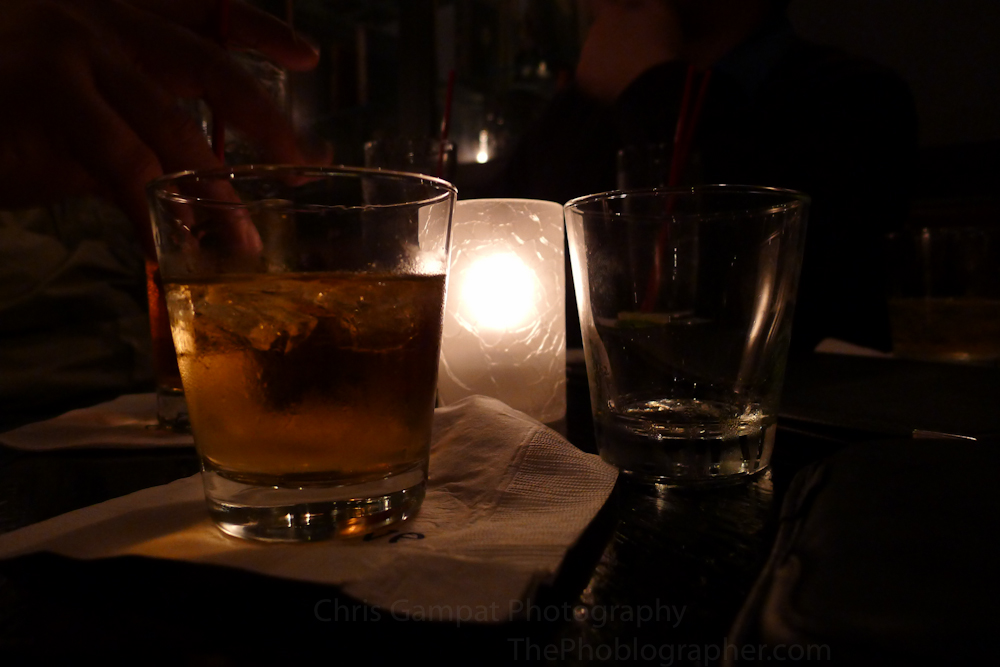
There are problems that photo geeks often complain about when looking at reviews of lenses, cameras, etc. You’ll read them over and over again on forums, in review comments, etc. Often, the complaints will become so great that they don’t realize that there is a solution to the problem that they’re complaining about. Here are some of those problems that photo geeks need to stop complaining about.
Editor’s Note: this posting should be called, “Why you need to learn to edit” as well.
Wanting to get it all right in camera
There are many photographers that say that they want to get it all right in camera. Some of them have a very good reason to—for example if you have a pushy client that wants their photos right then and there then you’ll need to get this done. In that case, you’ll need lots of lights, modifiers, a Sekonic light meter, filters, gels, etc.
Granted, lots of photo geeks don’t necessarily have clients. In that case, stop complaining and learn how to edit. Each photo you take should be treated as your own piece of art that you’re constantly working on and fine tuning. And like any good artist, their pieces are always a work in progress.
Many photo geeks try to get it all right in camera but neglect the fact that they need a lot more than what they’re working with. If you don’t have everything, you’ll need to put in simulated effects in post-production: which is just what they did back in the film days.
High ISO Noise
High ISO noise is not only easily correctable in post-production, but the high ISOs on many modern cameras are so good that they’re often seen to be very acceptable in most situations. Once again, if you’re shooting a very highly paid gig then I understand. But most photo geeks, once again, aren’t.
The arguments here for getting faster lenses and getting more light aren’t always valid, but they do hold some truth to them as well.
Purple Fringing
I don’t believe that this is an issue anymore. Nor do I totally understand why. Purple fringing is easily corrected in post-production by lowering the purple color levels or desaturating the purple area with a paint brush tool.
The alternative is to get better lenses.
Vignetting
This is a problem that is also easily corrected these days by just pushing or pulling a slider bar. Understandably, if you’re shooting video then it makes a lot of sense as to why you’d not want this problem. But for still images, you can either get rid of it or embrace the problem as part of a creative effect.
White balance settings
While getting better white balance can help a lot in post-production, you can often fix this problem with some white balance tweaking and desaturation of different color levels. This is also why you’re given editing software.
So your alternatives are:
– Embrace these flaws
– Get Photoshop, (or photoshop elements)
– Get Lightroom
In today’s digital world, there is so much potential available to us and we just need to embrace it.
Please Support The Phoblographer
We love to bring you guys the latest and greatest news and gear related stuff. However, we can’t keep doing that unless we have your continued support. If you would like to purchase any of the items mentioned, please do so by clicking our links first and then purchasing the items as we then get a small portion of the sale to help run the website.





